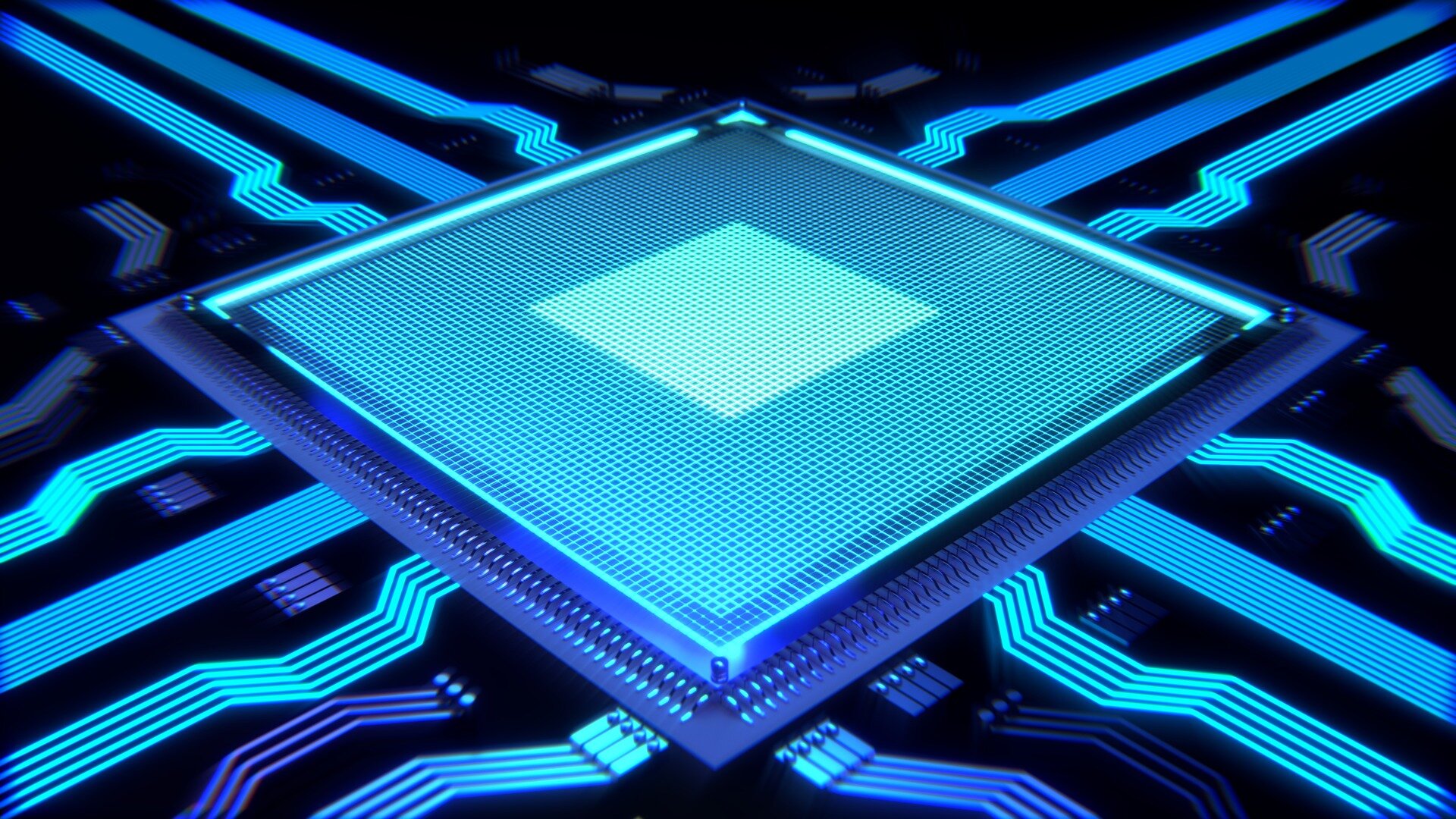
A team of researchers at Stanford University has developed a theoretical way to cool down heated objects. In their paper published in the journal Physical Review Letters, the group describes their study of heat radiation and how it might be boosted to cool down a desired object.
Objects in the environment both radiate heat and receive it from the environment. Prior research has shown that heat radiated from an object does so in a spectrum, and that it peaks at a certain frequency determined by the temperature of the object. And when the number of incoming photons is greater than the number of outgoing photons, the object will grow warmer. In this new effort, the researchers sought to imagine a new type of cooling device that would work by reversing the heat exchange between an object and its environment by adding energy to radiated photons—in theory, doing so should carry away more heat.
Their idea was to imagine a device with an index of refraction that was made to oscillate in time. Such a device, they theorized, could be based on existing technology, such as acousto-optic modulators, that have materials that vibrate in response to sound waves—any photons that travel through the oscillating material would get an energy boost. They also suggest that such a device could modulate at a certain range of photon frequencies that would suit a given environment.
The researchers took their theory one step further by proposing a way to create a device based on their ideas—by putting layers of thin materials with good insulation qualities on top of an object to be cooled. A light source could then be used to modulate the index of the individual layers, giving the photons that emerge from the object an energy boost, resulting in increased cooling of the object below.
The researchers acknowledge that a device based on their ideas would likely only work on small objects such as computer chips. They also note that the resulting cooling would, of course, consume energy—to power the light source, for example. But their calculations showed that such a device would operate at the higher limits of efficiency as defined by classical thermodynamics.
https://phys.org/news/2020-02-cool-chips.html








Recent Comments